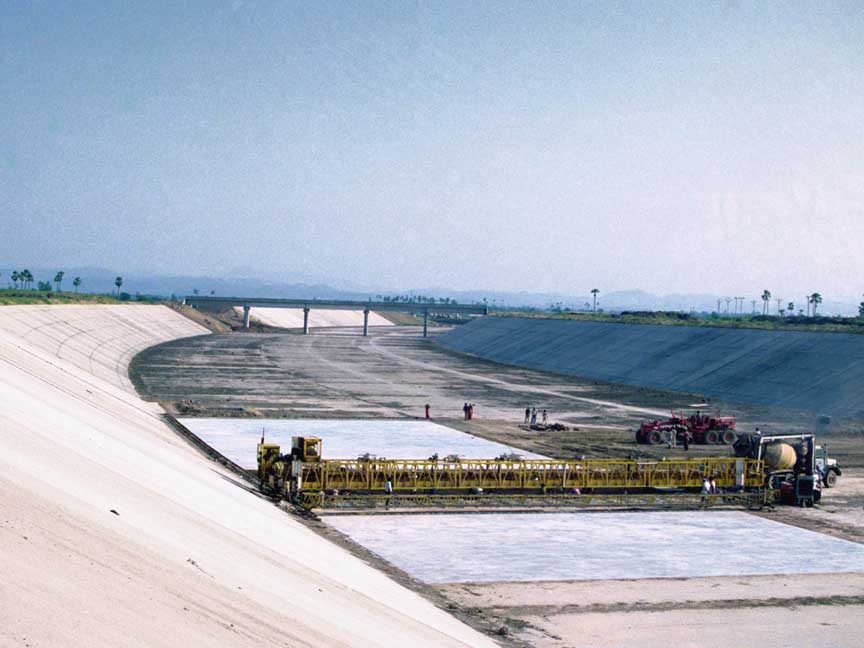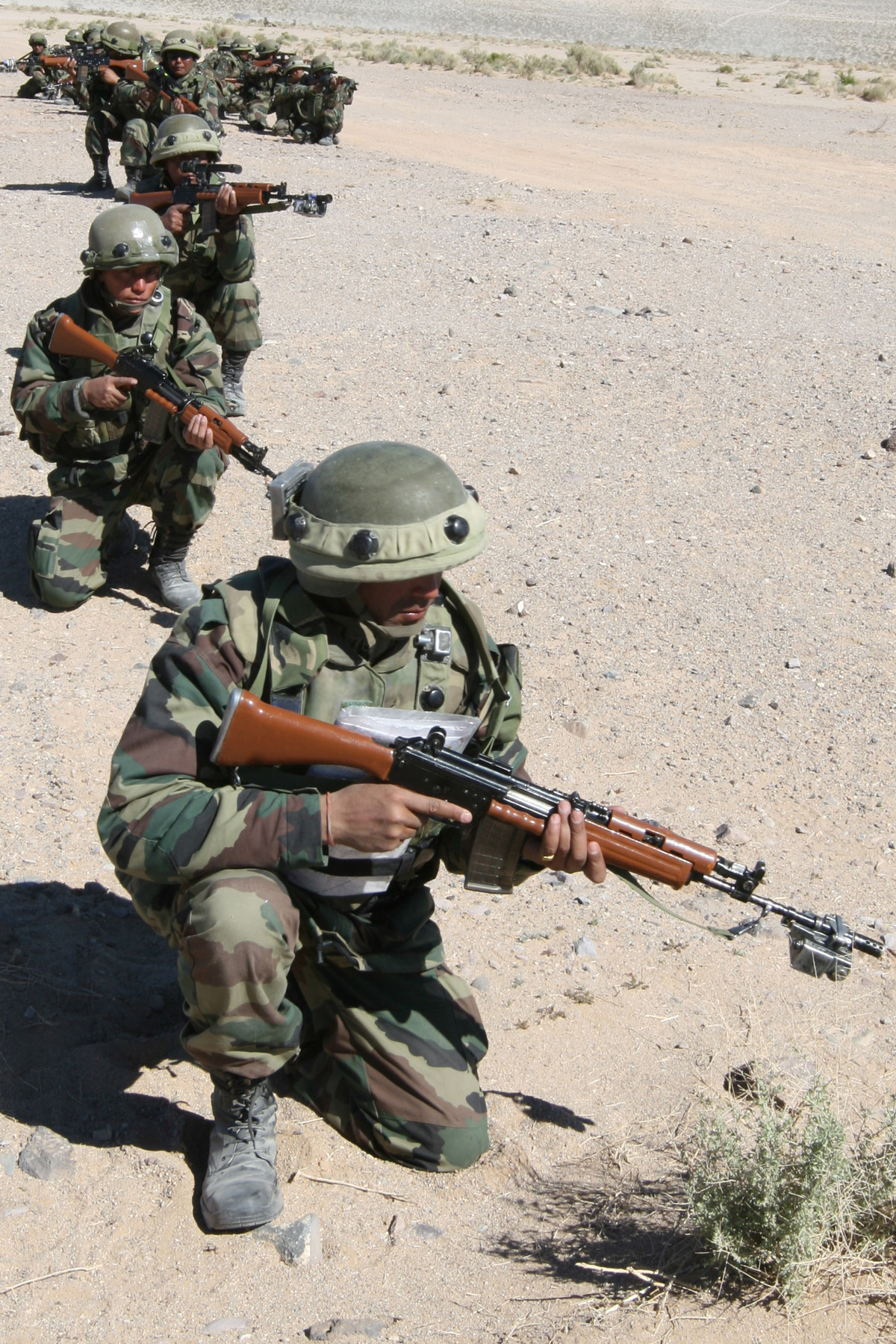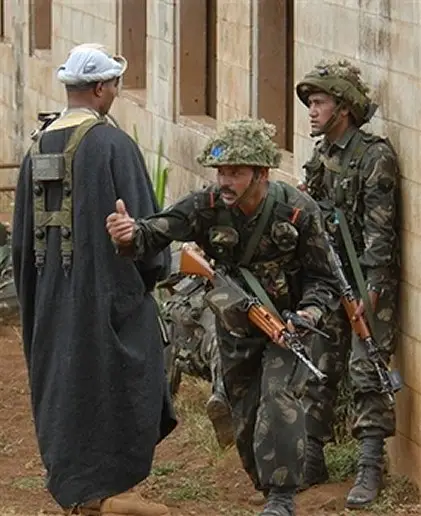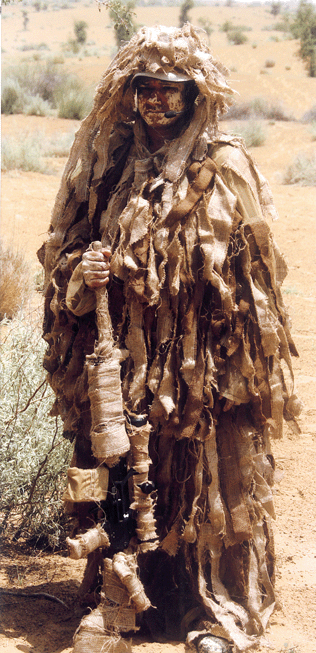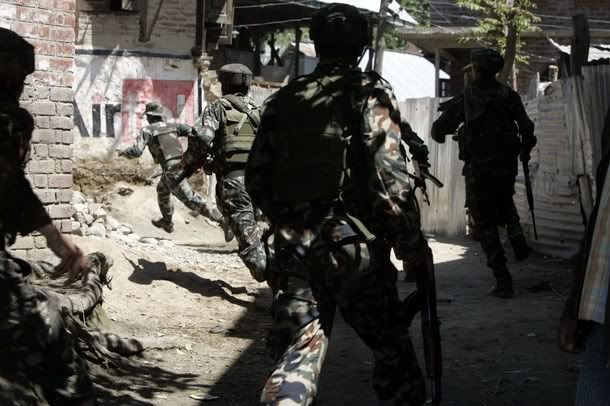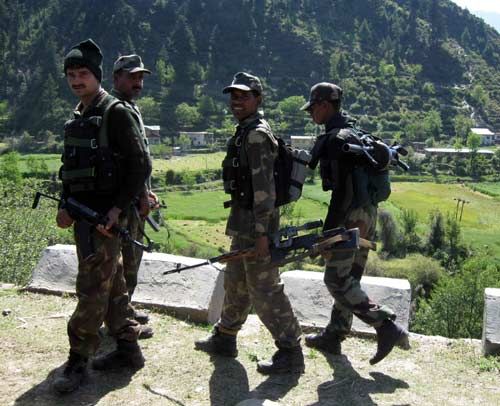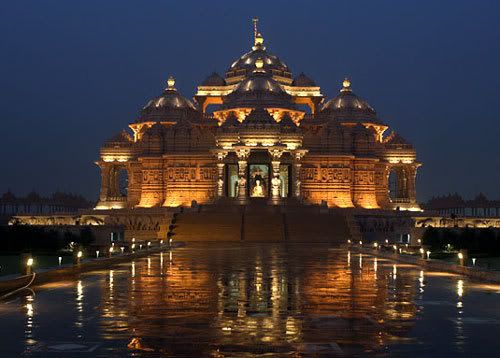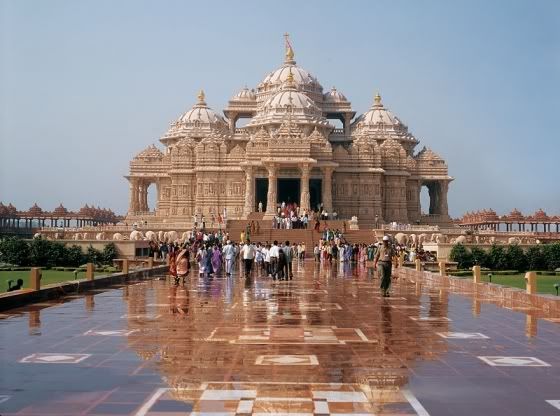The Bhabha Atomic Research Centre (BARC)

PREMIER INSTITUTION: bHABHA aTOMIC rESEARCH cENTRE

- The Bhabha Atomic Research Centre (BARC) situated in Trombay, Mumbai is India's primary nuclear research facility. It has a number of nuclear reactors, all of which are used for India's nuclear power and research program.
- It was started in 1957, as the Atomic Energy Establishment, Trombay (AEET), and became India's primary nuclear research center, taking over charge of most nuclear scientists that were at the Tata Institute of Fundamental Research. After Homi J. Bhabha's death in 1966, the centre was renamed as the Bhabha Atomic Research Centre.
- The first reactors at BARC and its affiliated power generation centers were imported from the west. India's first power reactors, installed at the Tarapore Atomic Power Plant (TAPP) were from the US.
- The primary import of BARC is as a research centre. The BARC and the Indian government has consistently maintained that the reactors are used for this purpose only: Apsara (1956; named by the then Prime Minister of India, Jawaharlal Nehru when he likened the blue Cerenkov radiation to the beauty of the Apsaras (Indra's court dancers), CIRUS (1960; the "Canada-India Reactor" with assistance from Canada), the now-defunct ZERLINA (1961; Zero Energy Reactor for Lattice Investigations and Neutron Assay), Purnima I (1972), Purnima II (1984), Dhruva(1985), Purnima III (1990), and Kamini.
 Blue Radiation from reactors
Blue Radiation from reactors- The plutonium used in India's 1974 nuclear test carried out in Pokhran in the Thar desert of Rajasthan, sometimes referred to in the liberal media as a 'Peaceful Nuclear Explosion', came from CIRUS, the primary charter of which was 'peaceful' nuclear research.
- The 1974 test (and the 1998 tests that followed) gave Indian scientists the technological know-how and confidence not only to develop nuclear fuel for future reactors to be used in power generation and research, but also the capacity to refine the same fuel into weapons-grade fuel to be used in the development of nuclear weapons



